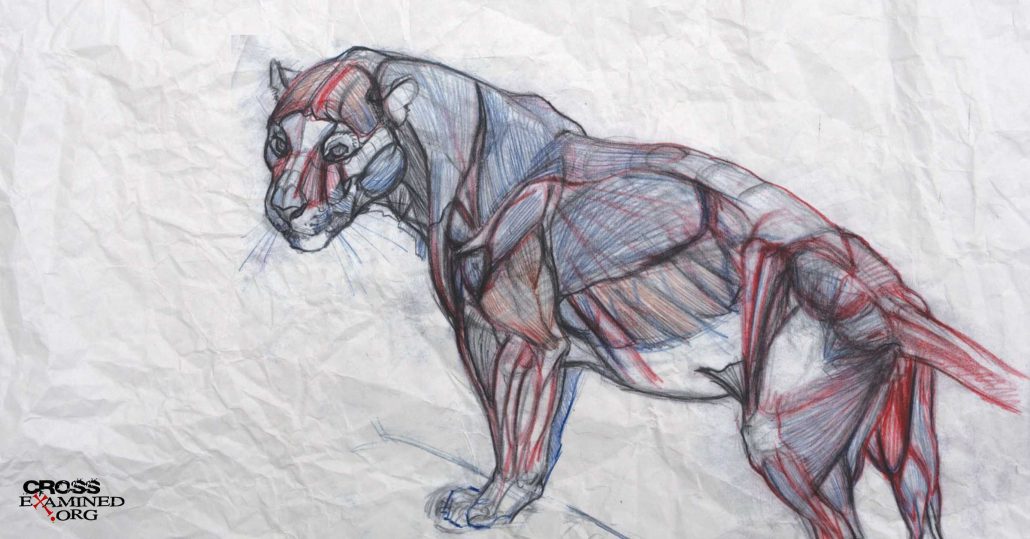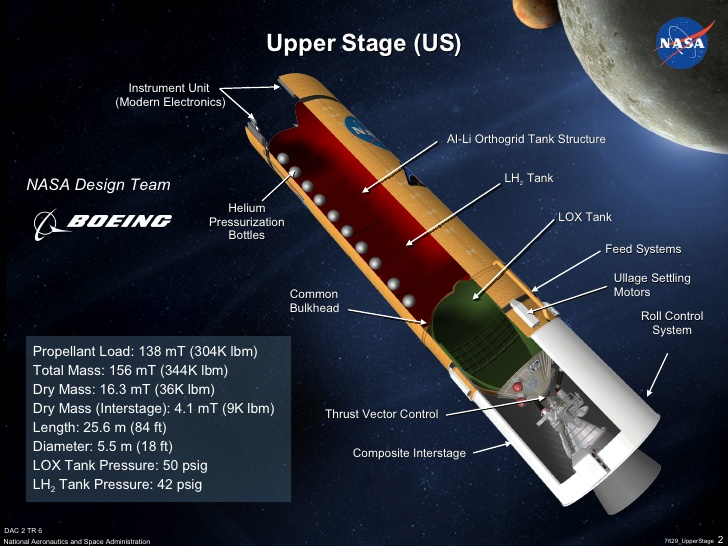Systems Engineering in Nature
By Cathryn Buse
Before I had children, I worked as a systems engineer at NASA at the Marshall Space Flight Center in Huntsville, AL. Through my career, I met a lot of brilliant scientists and engineers who were committed Christians. But I also encountered a lot of intellectual skepticism to Christianity, especially on the question of God’s existence.
The question of God’s existence is one of the most consistent challenges Christians face. How can we adequately answer that question, especially when the questioner is scientifically minded? One way is through the evidence of design, something known as the “teleological argument.” It simply means where there is design, planning, and order there must be a Designer, Planner, and Organizer behind it. Something designed cannot be explained by just a natural process or material cause; design requires intelligence.
So if there is design in the universe, then there must be a designer. But is there design in the universe?
Atheists say there is not. Before we can adequately answer that, we have to determine what would constitute something being “designed.” It isn’t just that a system looks complicated or has lots of parts. For something to be designed, it requires several well-matched, collocated, and integrated components in order to work, where it would not work if any one of those parts were removed. Something like that would need a designer with intelligence and forethought to select the right components, size them accordingly, and integrate them together so it could function – and ultimately survive and reproduce.
From my background, I like to refer to this as systems engineering in nature. Part of my job at NASA was reviewing the Ares I Upper Stage design to make sure each system would integrate correctly so the vehicle could actually get off the ground. I would be checking for things like if propulsion lines were placed too close to an electronics box because of the extreme cold temperatures of the liquid hydrogen and liquid oxygen. Or I would make sure the battery boxes were located near a human access point so they could be changed out at the launch pad. I would verify that a valve needing power from the launch tower had a connector on the umbilical plate. One of my favorite projects was making sure the vehicle could be shipped without being damaged. It needs covers, environmental controls, and other ground support equipment, especially since it ships horizontally but sits vertically on the launch pad.
As you can see, a NASA launch vehicle requires lots of systems engineering – and lots of intelligent design! Each system must be designed alongside the other systems so they will function together. If one system changes something, it may have devastating effects on the other systems. It must be a collaborative design effort. A launch vehicle won’t function if only one system is in place while the other systems are being built. The propulsion system must work with the design of the structure, the avionics and software, the thrust vector control system, and the engine. Remove any one component and the vehicle won’t get off the ground – or worse, will have a catastrophic failure.
So the launch vehicle needs all of these systems and their components to be functional and integrated all at the same time in order to work. A successful launch vehicle requires planning, order, and design; it requires intelligence – and many Designers.
Granted, a launch vehicle is obviously man-made. But is there something comparable in nature? If we can show a biological feature that requires systems engineering, then, like that launch vehicle, it could not have been formed by natural or material causes. It must be explained by some intelligent power behind it.
Luckily, you don’t have to be rocket scientist to find design in nature. We can find systems engineering in the interrelationships of the human body organ systems. For example, the circulatory system pumps oxygenated blood from the heart to the other parts of your body so they can do work. The blood stream then returns the oxygen-depleted blood back to the heart. But the circulatory system cannot distribute oxygenated blood by itself. It needs the respiratory system to get the oxygen. Tiny air sacs in the lungs, called alveoli, transfer oxygen from the lungs to the blood vessels. When the deoxygenated blood is returned, the blood cells transfer carbon dioxide and water, the waste products from the cell, back to the alveoli so it can be breathed out. The circulatory system, therefore, is quite useless without the respiratory system.
However, both of these systems are dependent on the nervous system. The hypothalamus section of the brain controls the body’s autonomic functions, life critical functions our body continually does without us thinking about them, like breathing and pumping your heart. Without this part of the brain and the network of nerves running from it through the spinal cord to the organs themselves, our circulatory and respiratory systems could not work.
The circulatory system also depends on the muscular system. The heart is a specific type of muscle made up of a specific cell type that allows it to contract and pump blood around the body. And it even depends on the skeletal system. The bone marrow produces the red and white blood cells and platelets that the heart is busy pumping around our bodies. Without the skeletal system, there would be no blood to pump.
Even the urinary system is necessary for the circulatory system to function. All of the body’s blood is circulated through the kidneys, where waste chemicals and excess water are filtered out. The kidneys then return clean blood back to the bloodstream. And there is even an interrelationship between the circulatory system and the endocrine system. Hormones from the adrenal gland can speed up your heart rate when it senses danger so you can run away quickly. Hormones from the pancreas are used to control blood sugar levels, which can be deadly if not maintained properly.
We know that everything in our body is dependent on blood flow, but it becomes clear that our blood flow is also dependent on everything else in the body! The human body is the epitome of systems engineering design. What does the body sound like? It sounds like that launch vehicle where the propulsion system needs the structural system, the avionics & software system, and the engine before it can ever get off the ground!
Now if the launch vehicle is missing a system, it fails to launch; we are delayed from resupplying astronauts or sending new missions to space until the design can be completed. But if a system is missing from the body, the body cannot live. All these body systems must show up at the same time, in the same place, fully functional and integrated for life to exist. And like the Ares I launch vehicle, its existence cannot be explained by a random, natural process. The human body has been uniquely and perfectly designed. And design requires a Designer.
Recommended resources related to the topic:
God’s Crime Scene: The Case for God’s Existence from the Appearance of Design in Biology DVD Set by J. Warner Wallace
Why Science Needs God by Dr. Frank Turek (DVD and Mp4)
Science Doesn’t Say Anything, Scientists Do by Dr. Frank Turek (DVD, Mp3, and Mp4)
Oh, Why Didn’t I Say That? Does Science Disprove God? by Dr. Frank Turek (DVD and Mp4)
Stealing From God by Dr. Frank Turek (Book)
I Don’t Have Enough Faith to Be an Atheist (Paperback), and (Sermon) by Norman Geisler and Frank Turek
God’s Crime Scene: The Case for God’s Existence from the Appearance of Design (mp4 Download Set) by J. Warner Wallace
Cathryn S. Buse is a former NASA engineer turned Christian apologist and writer. She is the author of Teaching Others to Defend Christianity and the founder of Defend the Faith Ministry. Cathryn is now a homeschooling mom to two crazy little boys. You can learn more about her and her ministry at www.defendthefaithministry.com.












Leave a Reply
Want to join the discussion?Feel free to contribute!